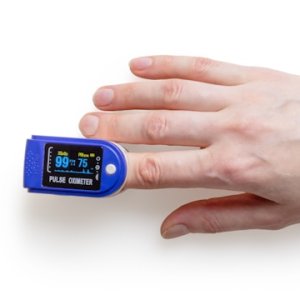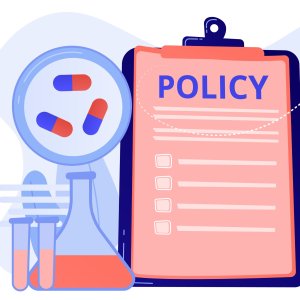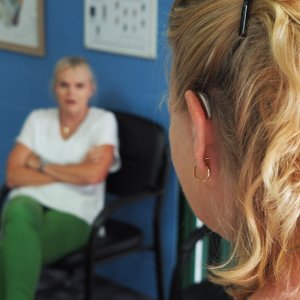Biotechnology Wave Coming to Mexico

STORY INLINE POST
Q: Last year, you mentioned that foodstuffs and healthcare represented just 2.73 percent of your operations. How has this figure evolved and why?
AH: The healthcare industry in Mexico is growing quickly and now represents between 15 and 18 percent of our business. Last year, ANCE focused mainly on medical devices but we are also seeing emerging opportunities in biomedicines. The country has many prospects for laboratories, especially in the case of biotechnological products, due to their complex requirements in comparison to small molecules. For that reason, laboratories are investing in Mexico to develop these medications. We believe that ANCE can continue growing in this area at a double-digit rate for the next three years. We believe that biotechnology will continue to strengthen our business.
YM: Due to their complex nature, biosimilars require extensive testing because unlike small molecules, biotechnological products are never exactly the same.
Q: Considering the national and international environment, what changes do you see in investment in Mexican healthcare?
AH: Mexico is a very attractive country for investment. It is a leader in the export of technological products in many different sectors. The pharmaceutical industry will see Mexico as an attractive destination for technological FDI because the country is also an excellent platform for Latin America. It is necessary for the country to develop incentives that can further attract the pharmaceutical industry.
Q: What are the main challenges when commercializing a biotechnological product in Mexico?
AH: The development of biotechnological drugs is often more expensive and takes more time than that for small molecules. The products are patented at the time of discovery but since development and testing can take such a long time, the period of exclusive patented-protected sales ends up being shorter. This can lead the manufacturer to increase the cost of the medication in order to recover its R&D investment.
YM: Patents for biotechnological products last 20 years but the industry is arguing for longer periods. Regulators need to work together with the industry and with academia to balance economic returns and public policies that address access to care.
Q: How can regulators keep up with the fast pace of technology?
YM: COFEPRIS is working hard to keep pace through close communication with technology developers. At this moment there is no regulation related to nanomedicine, so one of the objectives should be to discuss strategies to create related regulations.
AH: Mexico is already a leader in the regulation of medicines in Latin America and it can become a regulatory leader in other areas, such as biomedicine. Eventually, the country will become a reference for the regulation of medicines and medical devices.
Q: What role will authorized third parties play in improving COFEPRIS’ processes?
AH: The overall objective of authorized third parties is to make the registration process more efficient so pharmaceutical products can be put on the market earlier.
YM: Before the introduction of authorized third parties, COFEPRIS had about 8,500 approvals pending. Delays result in significant expenses to manufacturers that had already established timelines to launch the product to market. With medical devices, our response time averages 40 labor days and the shortest time has been 17 labor days, both of which are extremely short in comparison to other companies. With medicines, our average time is 30 work days.






















